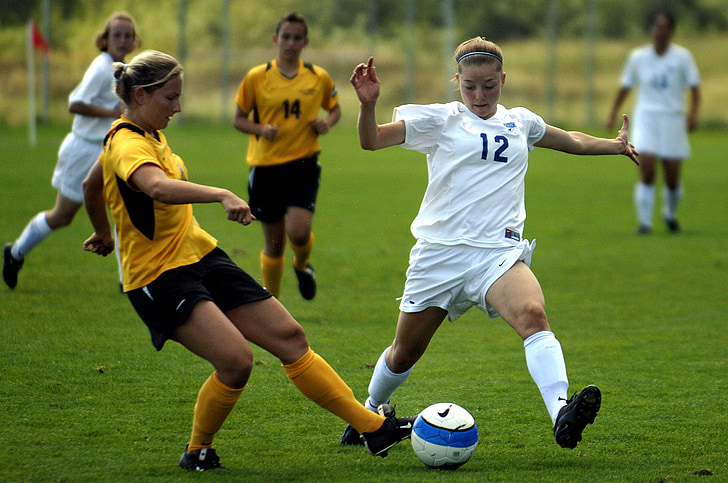Time-to-Event Analyses: Return to Unrestricted Participation Following Sport-Related Concussion in a Cohort of High School Athletes
Covassin T, Bretzin AC, Beidler E, Wallace J. J Athl Train. 2020 Nov 5. doi: 10.4085/150-20. Online ahead of print.
Full Text Freely Available
Take-Home Message
About half of high school students will miss up to ~11 days from their sport after a concussion. However, nearly 30% of athletes will take longer than 14 days to return to unrestricted play.
Background
Clinicians lack current information on how time to return to play after a concussion may vary by sport, sex, and age. Hence it is challenging for clinicians to educate high school student-athletes about when they could expect to return to play after a concussion.
Study Goal
The authors evaluated a large high school data set to determine the time to unrestricted return to play in various sports.
Methods
The authors evaluated data from a high school athletic association’s online head injury reporting system from 2015-2019 academic years. The data set included 15,821 sport-related concussion cases (66% male) in 28 sports. The online reporting system defined a concussion event as an injury that resulted from a school-sanctioned practice or competition that required student-athletes to be withheld after exhibiting signs consistent with a sport-related concussion. For each sport-related concussion, an athletic trainer, school administrator, or coach submitted an initial report (e.g., date of injury, injury information, grade, sport, concussion history). After that, a follow-up report is completed that included information about days missed from school and the date a student received clearance from a medical professional to return to unrestricted activity. The authors calculated the days until unrestricted return to activity based on the dates of injury and unrestricted clearance.
Results
About half of high school students missed up to ~11 days from their sport (median days). The median days increased from 10 days in 2015-2016 to 12 days in 2018-2019. The authors found no meaningful differences in days to unrestricted activity among grades or competition levels. Most athletes (72%) took longer than a week to return to unrestricted activity. Thirty percent of the student-athletes took longer than 14 days to return. Furthermore, about 1 in 8 athletes (~13%) took longer than 21 days to return, and about 1 in 15 athletes (~7%) took longer than 28 days to return to their respective sport. Time-to-unrestricted activity varied by sport. Notably, over 25% of gymnasts took longer than 28 days to recovery followed by cheerleaders (~15%), male wrestlers (~12%), male divers (~12%), female wrestlers (~11%), and male track and field athletes (11%).
Viewpoints
The authors found that 1 out of 3 student-athletes with a sport-related concussion took over 14 days to return to unrestricted activity, regardless of competition level or grade level. It was interesting to note that the median number of days to clearance increased by 2 days in 4 years. This change could suggest that clinicians may be more knowledgeable about the benefits of return-to-play protocols or more conservative in managing these injuries. Furthermore, we should note that the sports that took longer to return were not the traditional sports seen in concussion literature (football, soccer, ice hockey); instead, sports such as wrestling, diving, and track and field had longer times to unrestricted activity. While this study provides a detailed picture of the time to unrestricted activity, more research will be needed to determine recovery timelines for people with other risk factors for prolonged recovery (ADHD, migraine, genetics).
Clinical Implications
Medical professionals should address and update their concussion education for all sports, not just contact-based sports. Additionally, medical professionals can use these results to discuss when an athlete may return to unrestricted activity after a concussion with athletes, parents, and coaches to set realistic recovery goals. The paper has tables that can help clinicians find how many athletes are cleared for unrestricted activity over time by sex and sport.
Questions for Discussion
Based on your patient population, do you feel this study’s results support what you see in your clinical practice? Have you identified any factors that increase the risk of prolonged recovery?
Related Posts
When Am I Going to Get Cleared?! A Preliminary Timeline Based on High School Athletes
Conservative Management May Reduce Repetitive Concussions
Recovery Time Influences Cognitive Function After Multiple Concussions
Aerobic Exercise May Help Concussion Recovery
Written by: Jane McDevitt
Reviewed by: Jeffrey Driban


